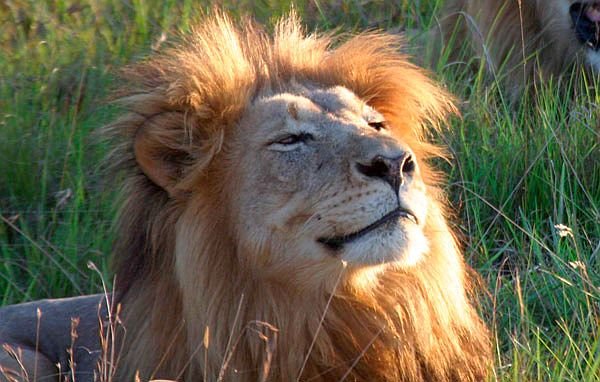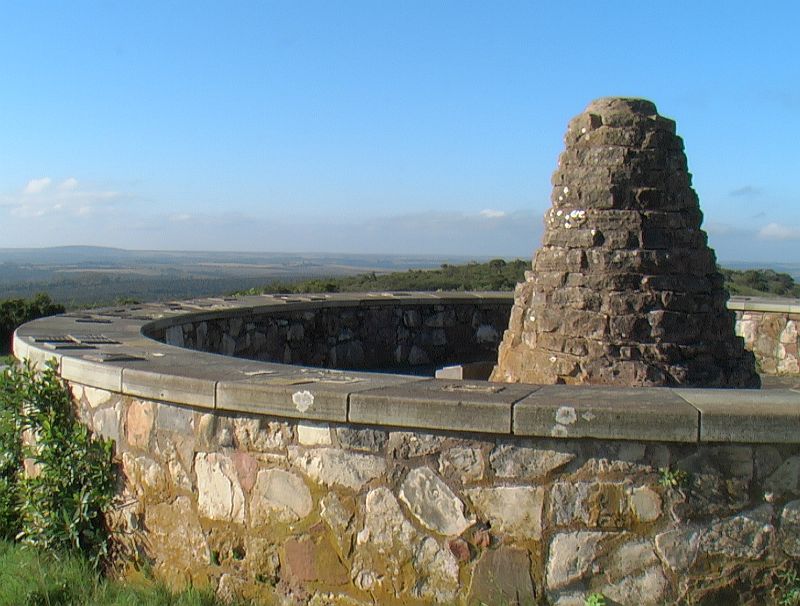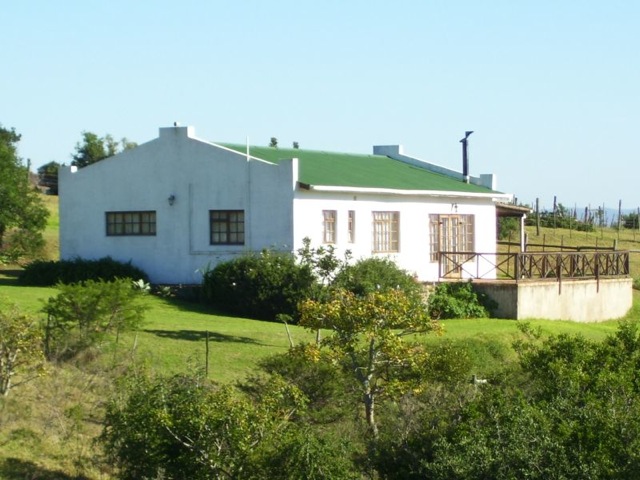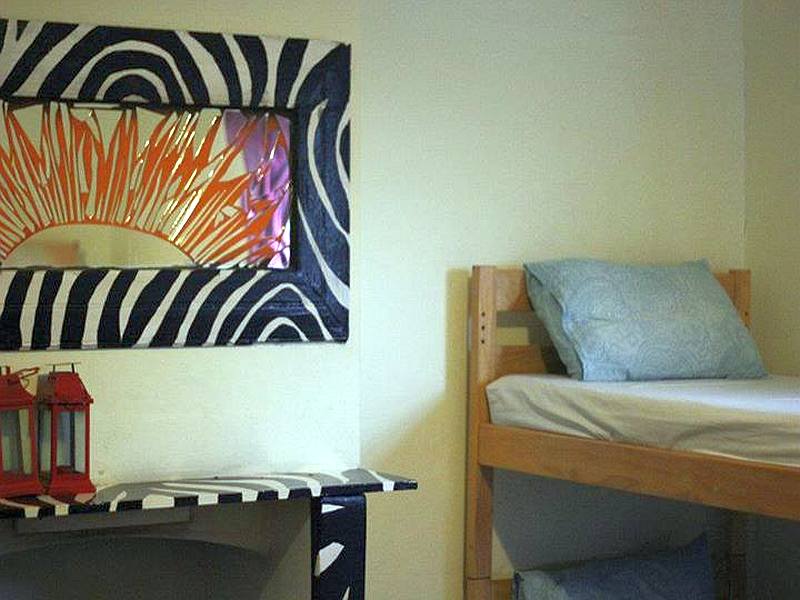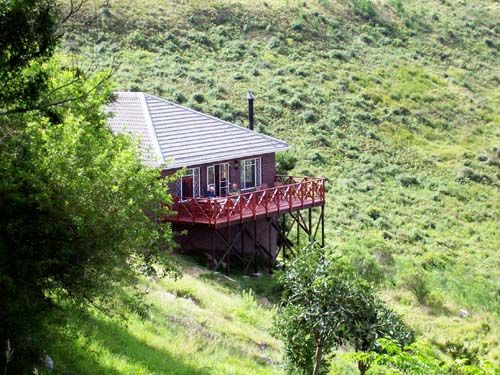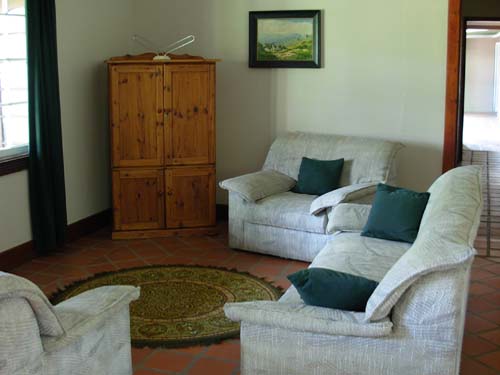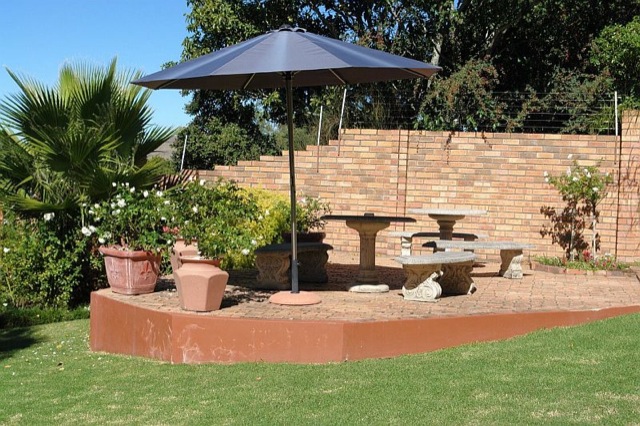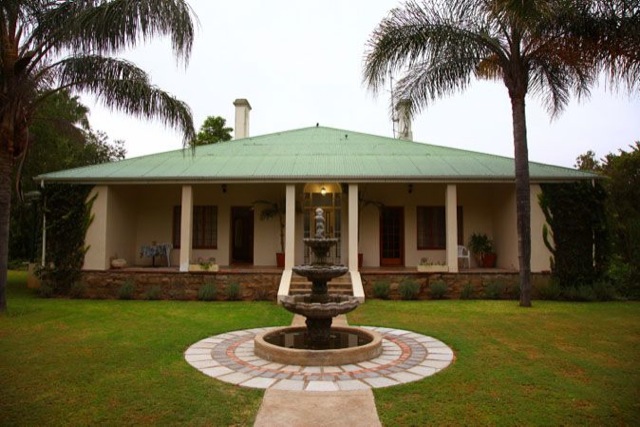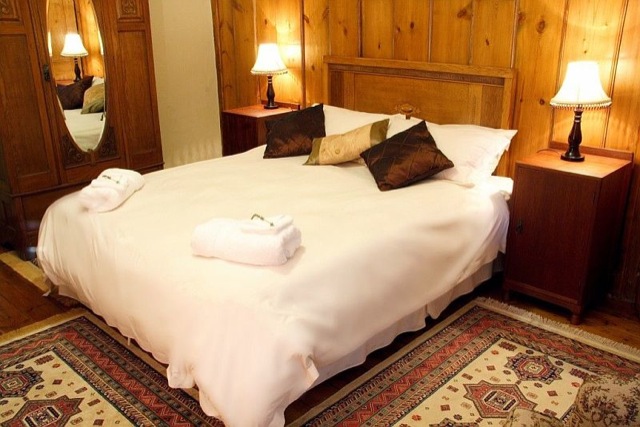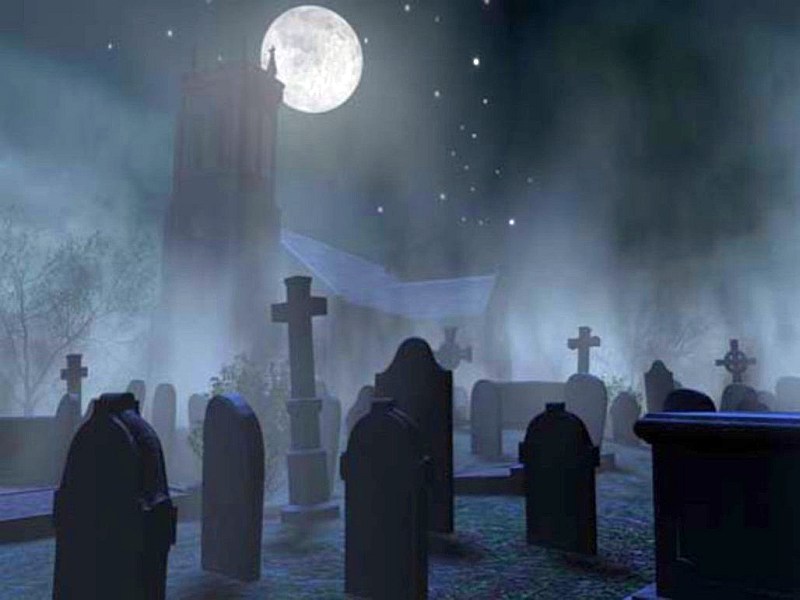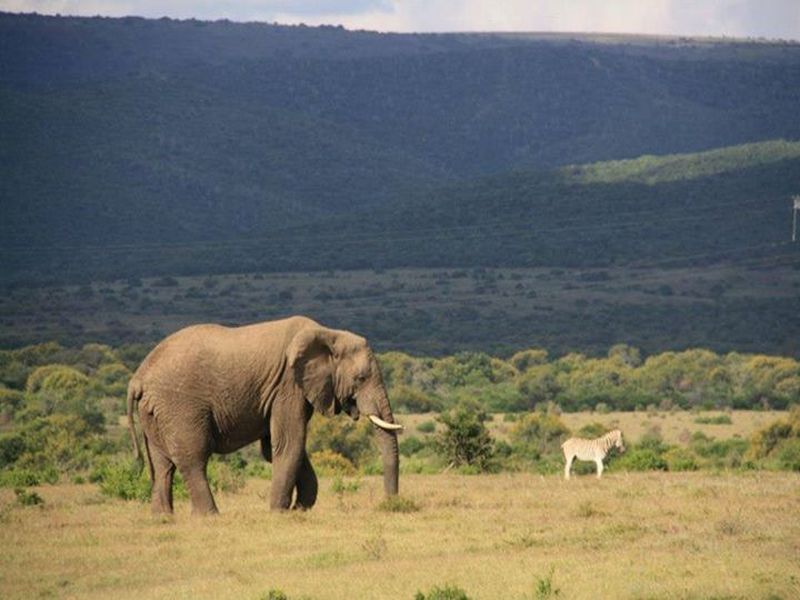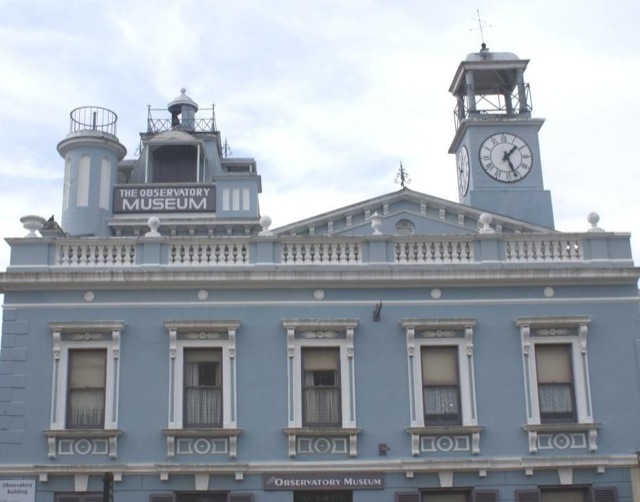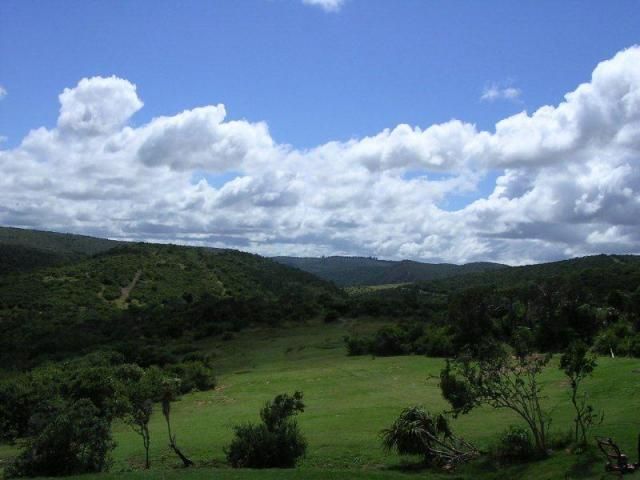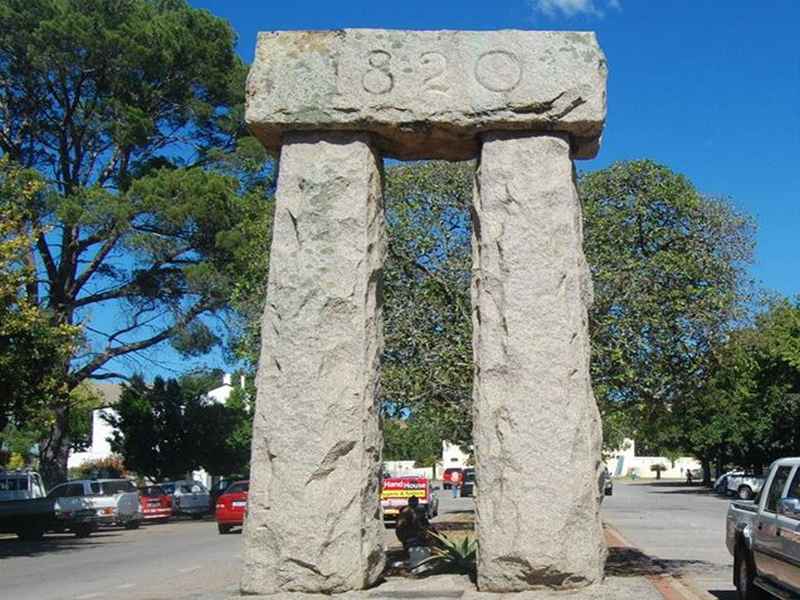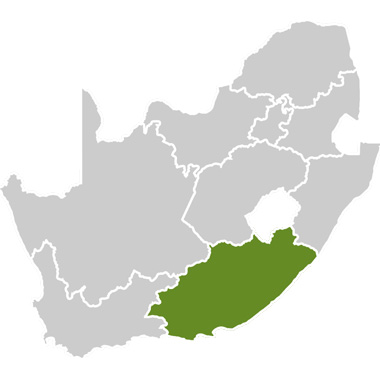The Frontier Country has a very interesting history linked to the continual conflict the area experienced in South African’s early history, dubbed the Frontier Wars. This scenic landscape around Grahamstown was once the setting for Britain’s longest colonial war and has more forts than the rest of the country combined. During the Apartheid era many of the most fervent opponents of the system were born and bred in the Eastern Cape.
The area is well known for its range of game and nature reserves and the new trend of returning farmland to its original condition is on the rise. A number of farms have been transformed by converting farmland and stocking it with game such as the Big Five, zebra, giraffe, kudu and other indigenous antelope. Frontier Country is also one of the most biologically varied regions in South Africa, with many of the biomes still unspoilt and spectacular. The thousands of hectares devoted to wildlife and conservation are returning the region to its original condition of natural abundance.
Grahamstown is at the centre of this malaria-free game and wildlife area and is located at the nexus of four biomes. The four major weather systems of South Africa also come together in the area, giving Grahamstown its ‘four seasons in one day’ reputation, but it still has a moderate climate throughout the year. The Great Fish River Reserve is located near Grahamstown, as are Open Africa’s partner safari lodges and renowned private reserves in the area – Shamwari and Kariega Game Reserve. The species diversity in this reserve is the largest and most impressive in the country. Birding is diverse in the area too, with an array of endemics and special bird species that will attract even the most earnest of bird-watchers.
Reasons to visit:
Visitors who enjoy the great outdoors and are interested in adventure activities, will easily fall in love with the area. Activities on offer range from mountaineering, zip-lining, abseiling and hang-gliding, to paragliding. An aerodrome with micro-light aviation is considered to offer the best sky diving in the country. Hunting (including bow hunting), fly-fishing and birding contrast with donkey cart rides, hiking, river rafting, elephant and horse riding and game drives. The area boasts world class accommodation facilities in some of the finest game reserves the country has to offer, and the true rural hospitality will make your stay memorable.
A vital source of revenue, entertainment and tourism is the Grahamstown Arts Festival, one of the oldest and largest festivals in the world. The Science Festival is also held annually in the Settlers Monument, where scholars from all over South Africa meet to experience science at its most cutting-edge.
With over 100 declared heritage sites and more forts within 150km radius of Grahamstown than the rest of South Africa combined, the area acts as a historical hub for the Eastern Cape. It is the battle ground of the Frontier Wars, where the Xhosa and the British fought for over 100 years. The oldest post box in South Africa (on the corner of Worcester and Somerset street) is still in use today, and the oldest licensed pub in the southern hemisphere is also found in the area – The Pig and Whistle in Bathurst.
The Camera Obscura at The Observatory Museum:
Henry Carter Galpin, a watchmaker and jeweller, was the original owner of the Observatory Museum building. He designed the building between 1850 until his death in 1886 to house his special interests in optics, astronomy and the measuring of time.
The topmost tower has one of last two existing Victorian Camera Obscura in the world. The other is in Bath, England. Using a design of lenses and a mirror in the revolving turret of a darkened room, this clever device projects a beautiful full colour panorama of the activities in the town onto a flat surface.
Below this, in the Meridian Room he was able to measure the difference between local time and South African standard time, a difference of 14 minutes later. A Telescope Room nearby houses an 8 inch reflector telescope. Initially installed in the rooftop observatory, this gave the house its name. The Observatory Museum building was bought and restored by De Beers Consolidated Mines Ltd. to commemorate the first diamond, identified in Grahamstown by Dr. WG Atherstone.

